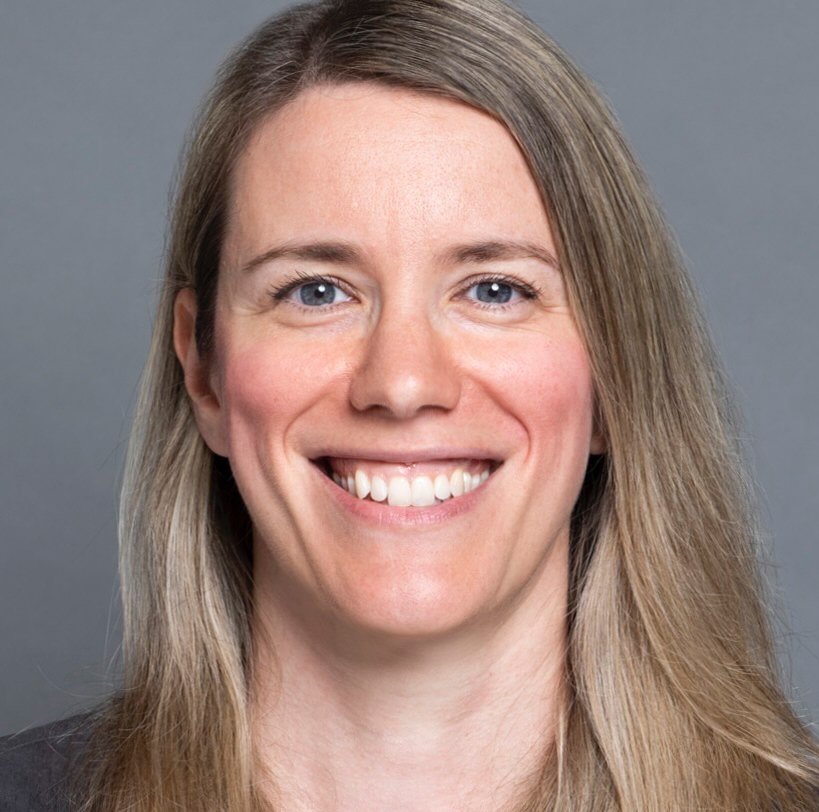Cited By
View all- Kyu AMao HZhu JGoel MAhuja K(2024)EITPose: Wearable and Practical Electrical Impedance Tomography for Continuous Hand Pose EstimationProceedings of the 2024 CHI Conference on Human Factors in Computing Systems10.1145/3613904.3642663(1-10)Online publication date: 11-May-2024
- Singh NTakashima KPandey S(2023)Enhancement in Capacitance of Ionic Type of EAP-Based Strain SensorsSensors10.3390/s2323940023:23(9400)Online publication date: 25-Nov-2023
- Zhang QLin YLin YRusinkiewicz S(2023)Hand Pose Estimation with Mems-Ultrasonic SensorsSIGGRAPH Asia 2023 Conference Papers10.1145/3610548.3618202(1-11)Online publication date: 10-Dec-2023
- Show More Cited By



